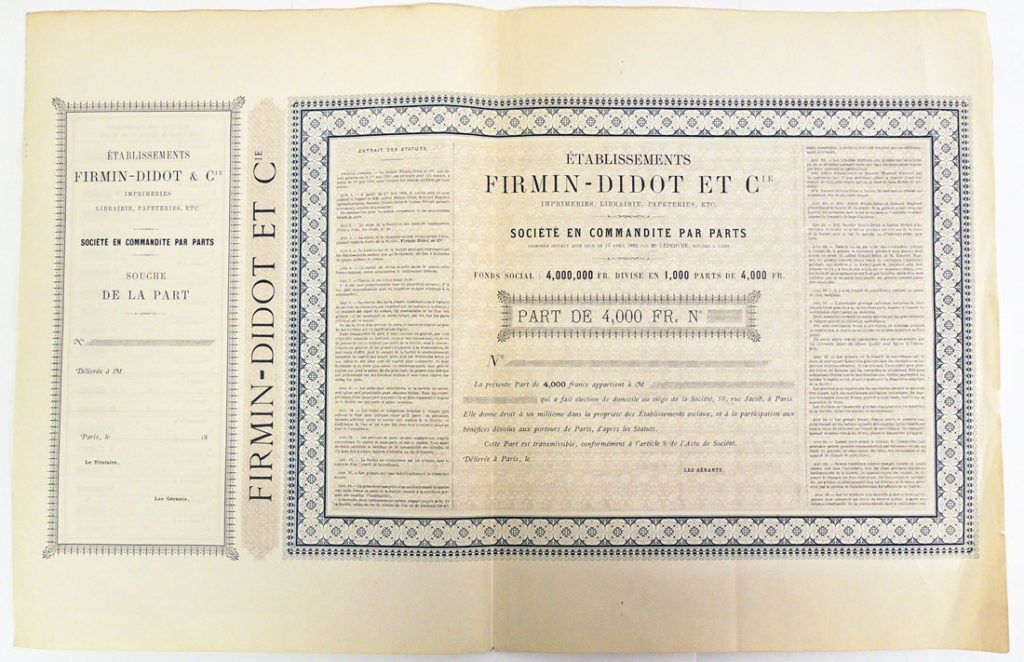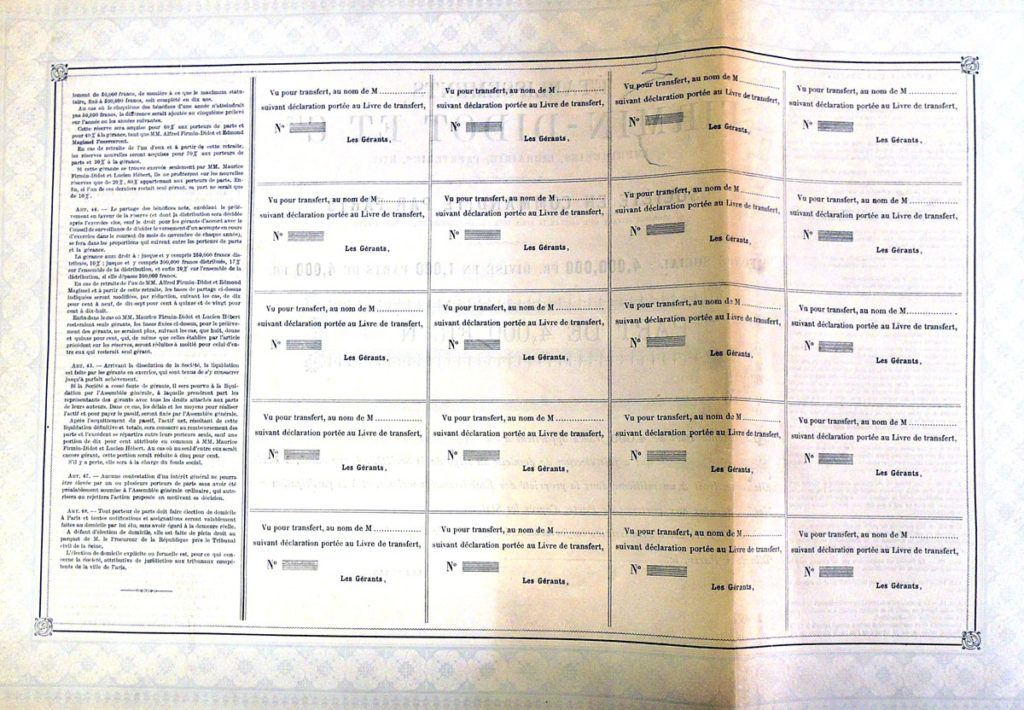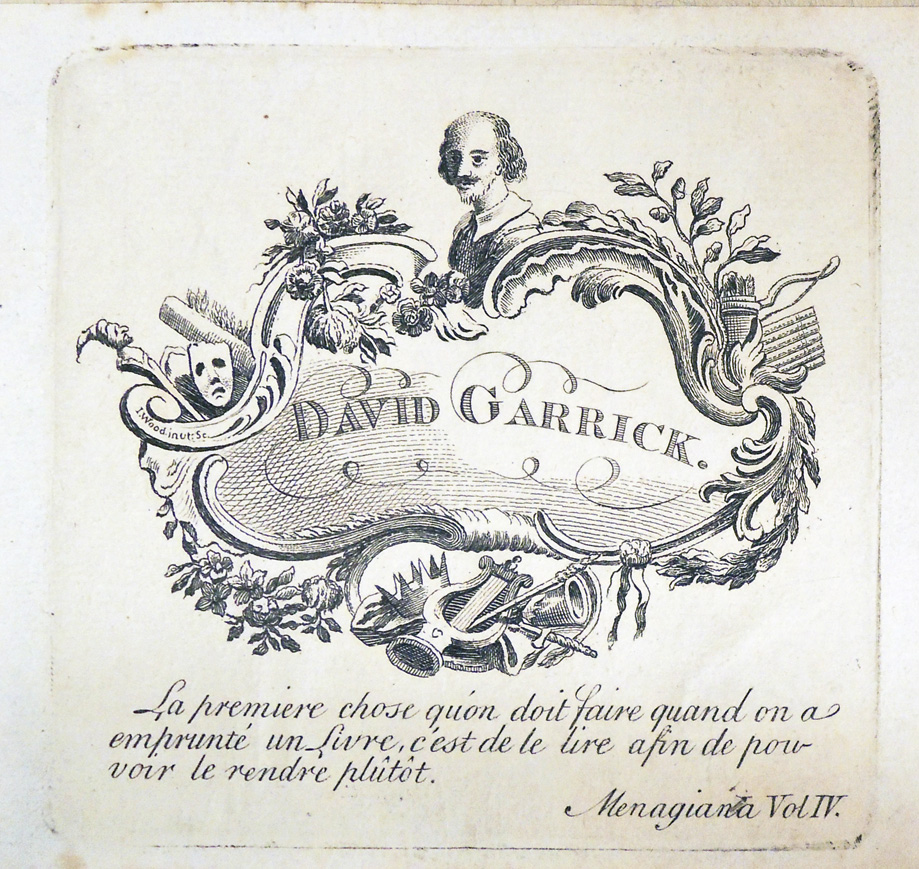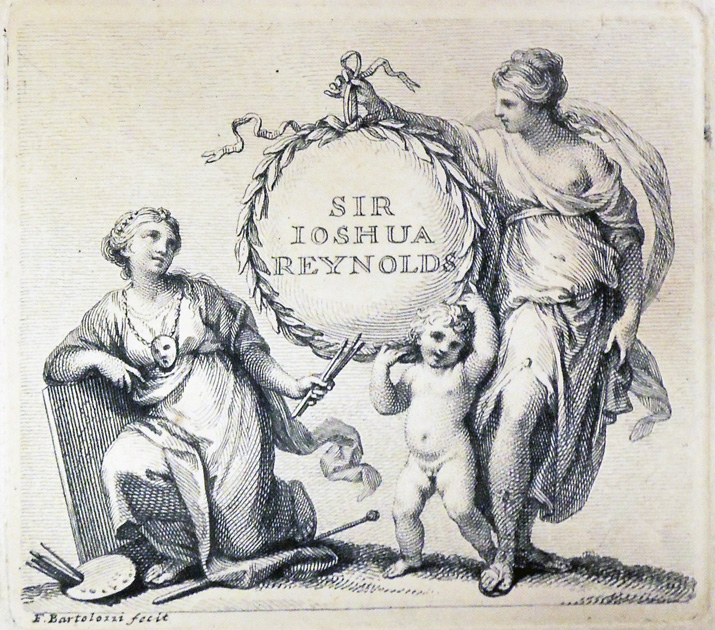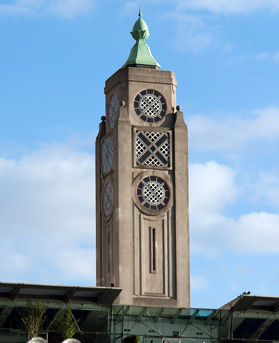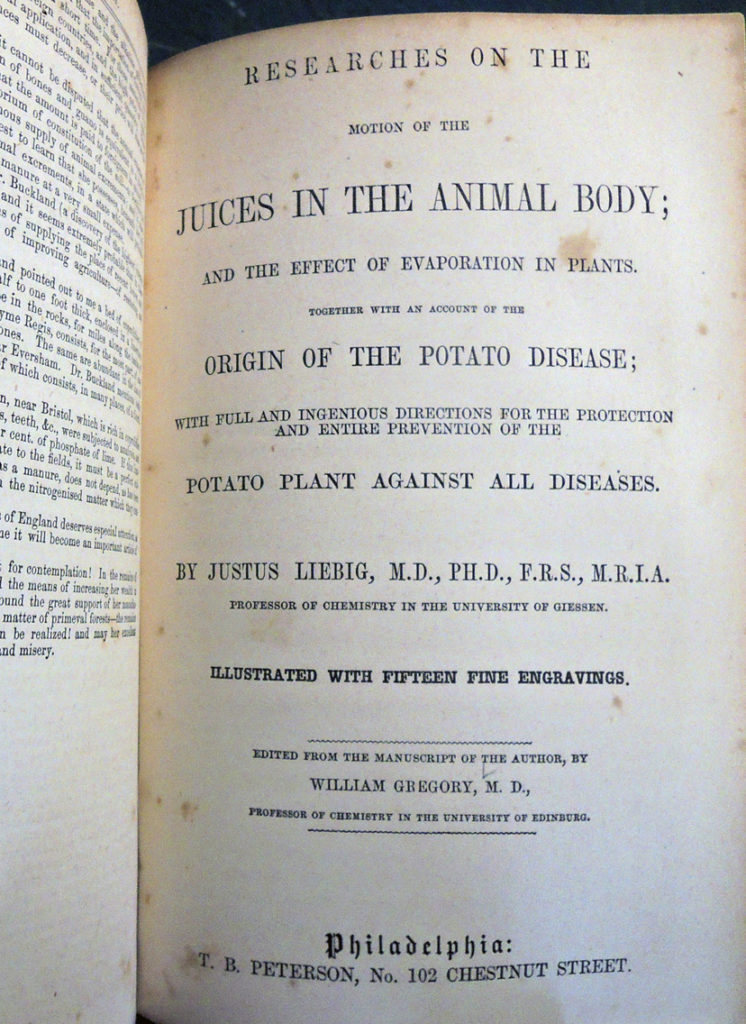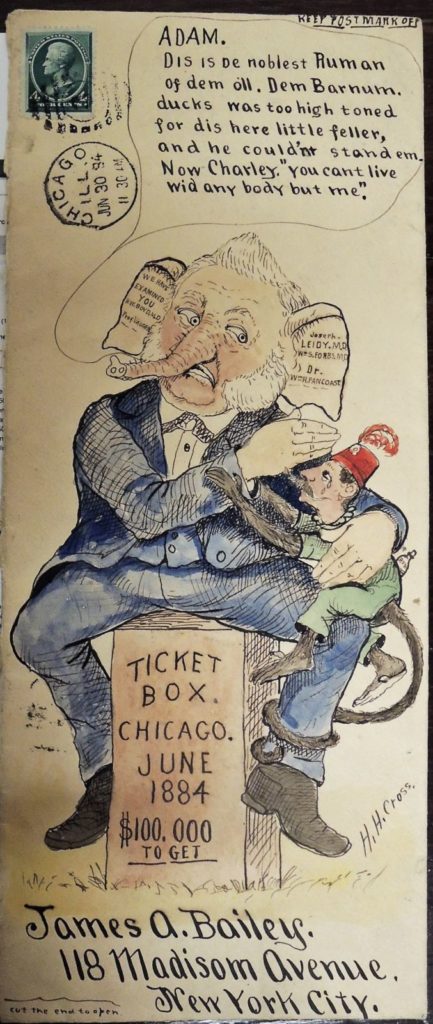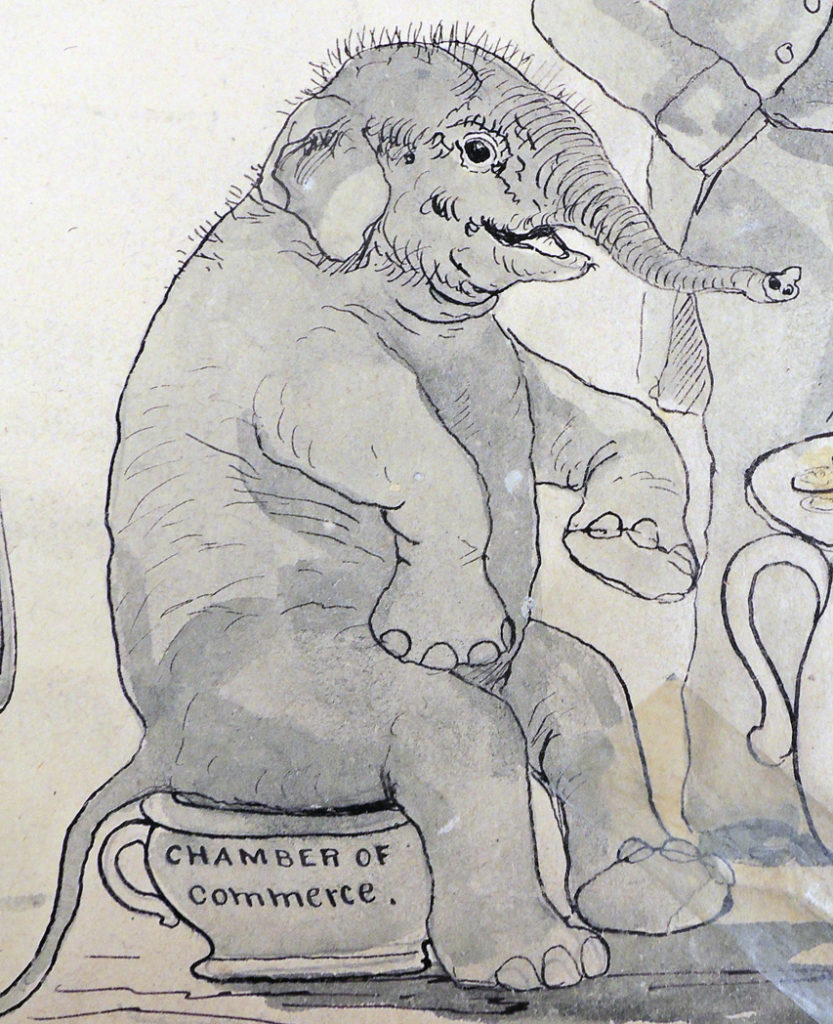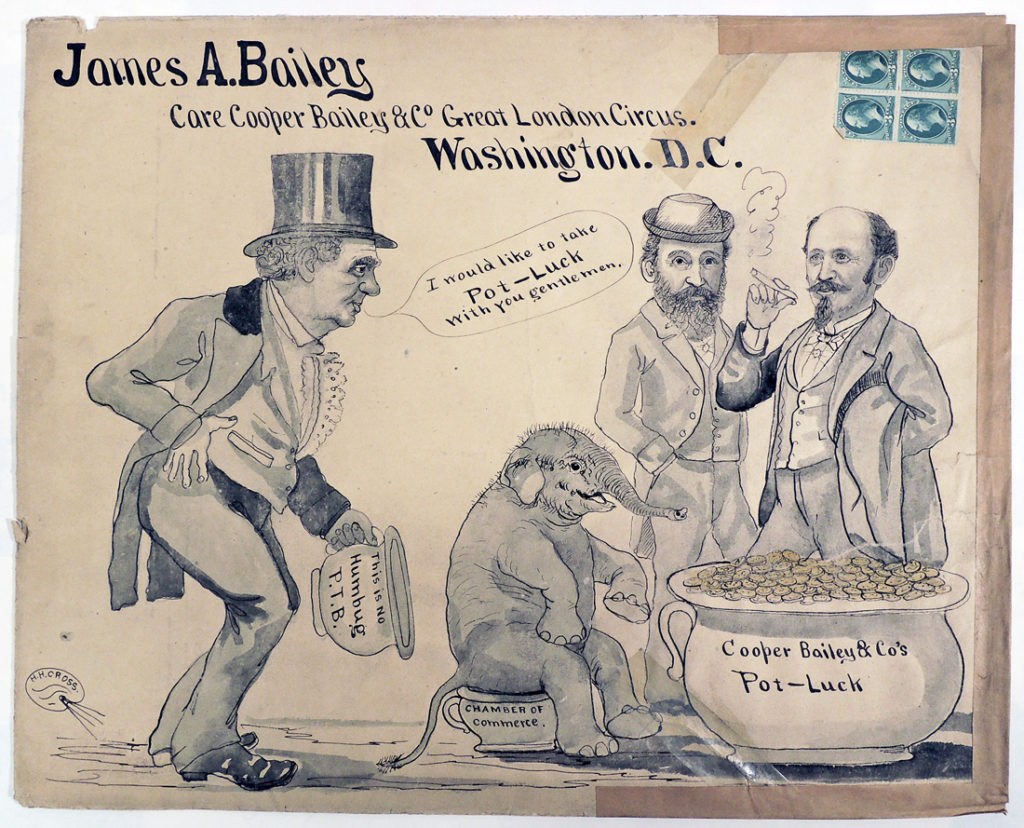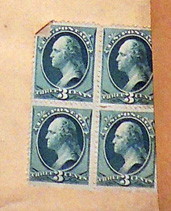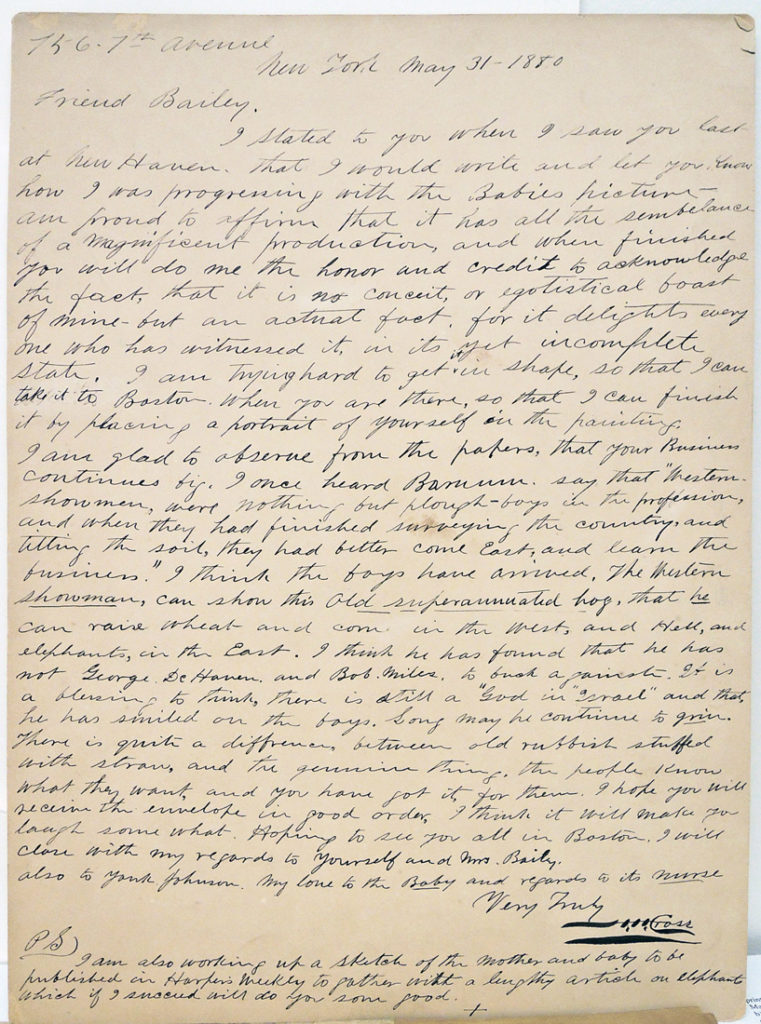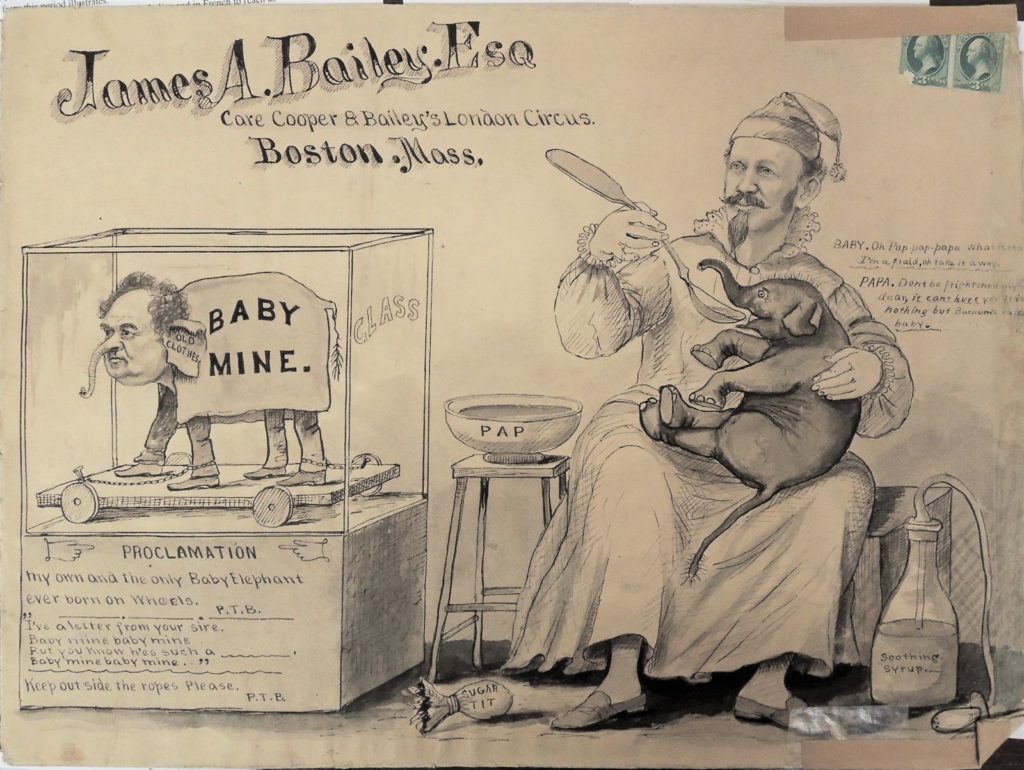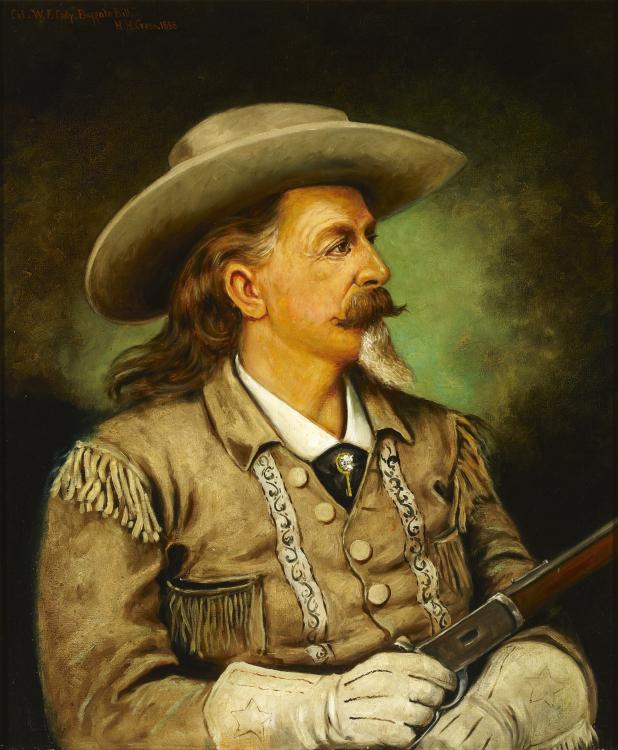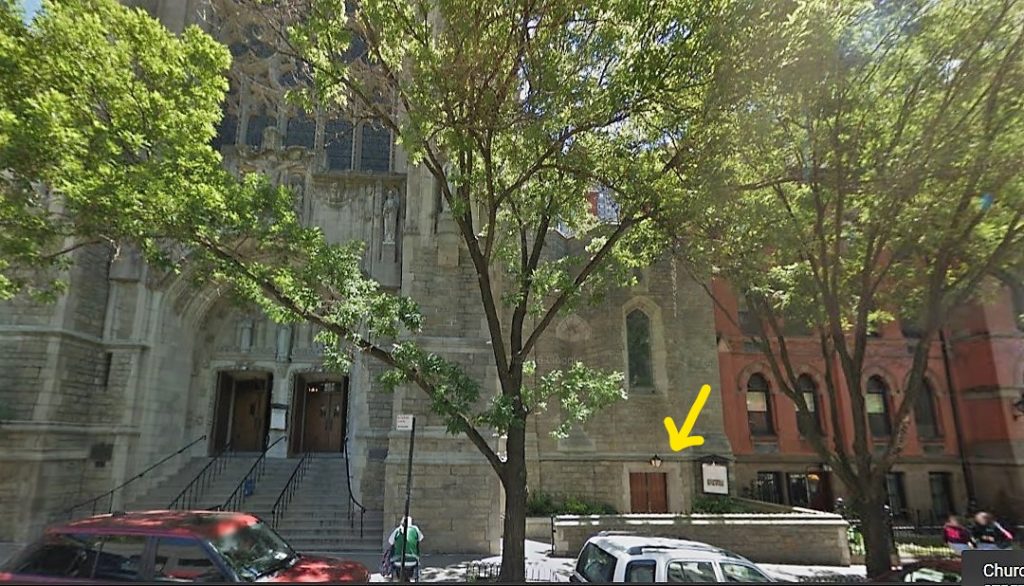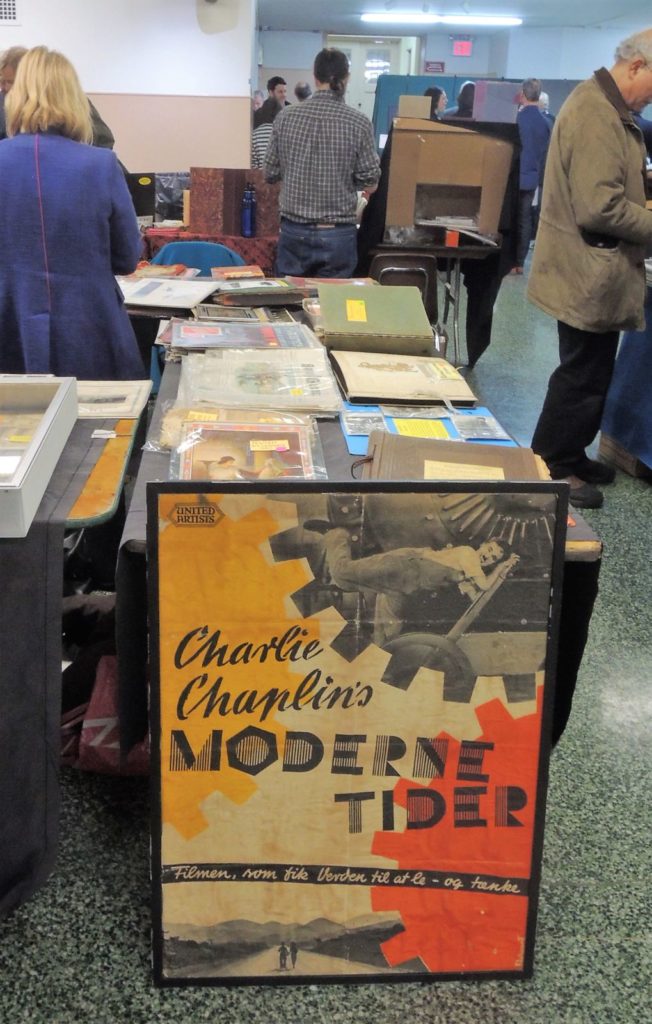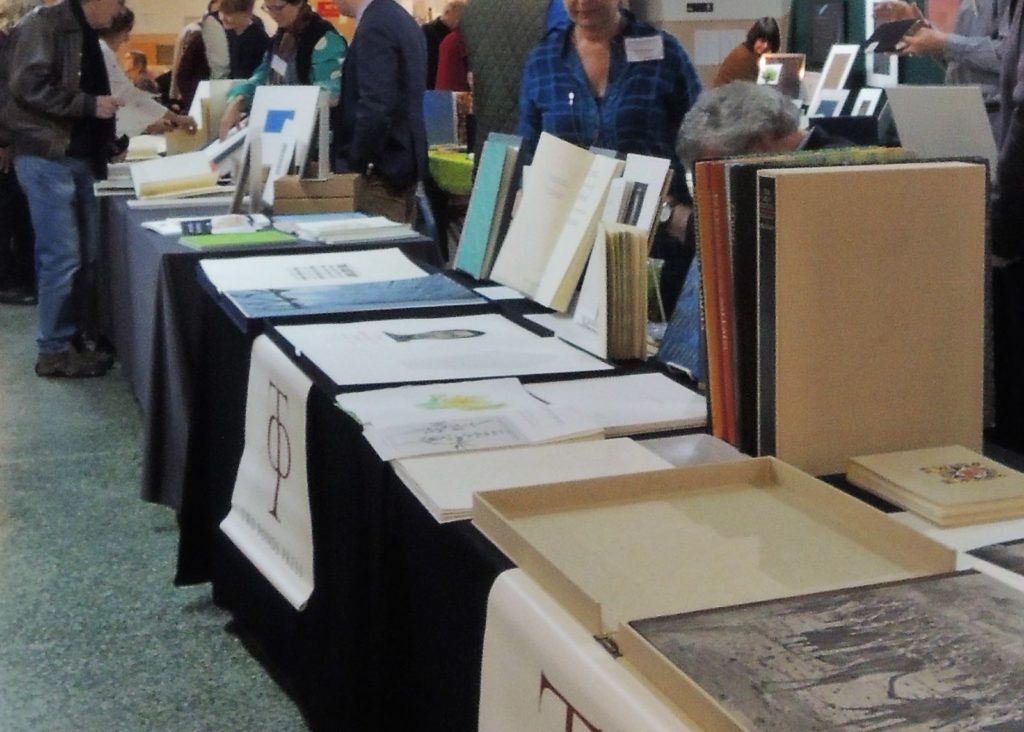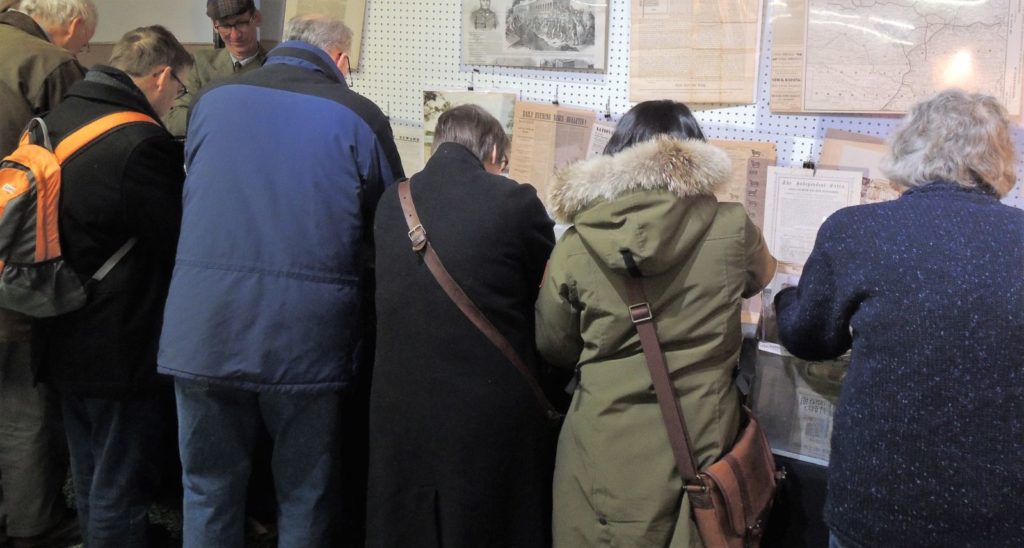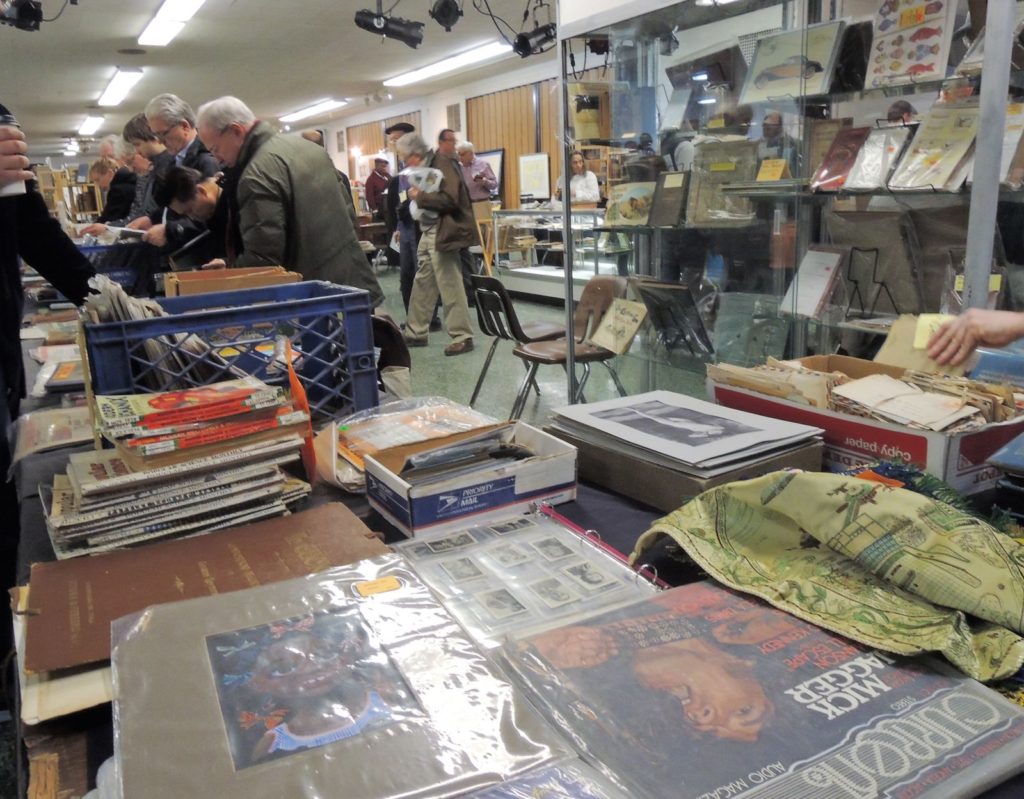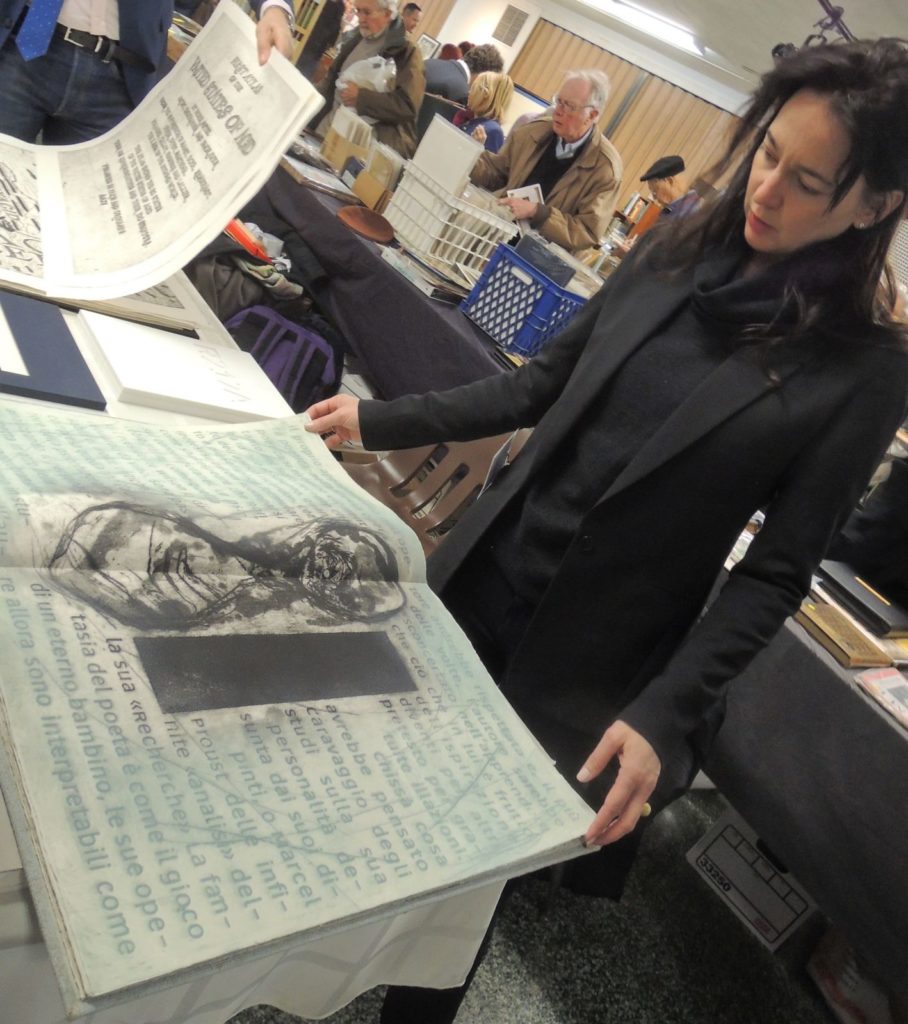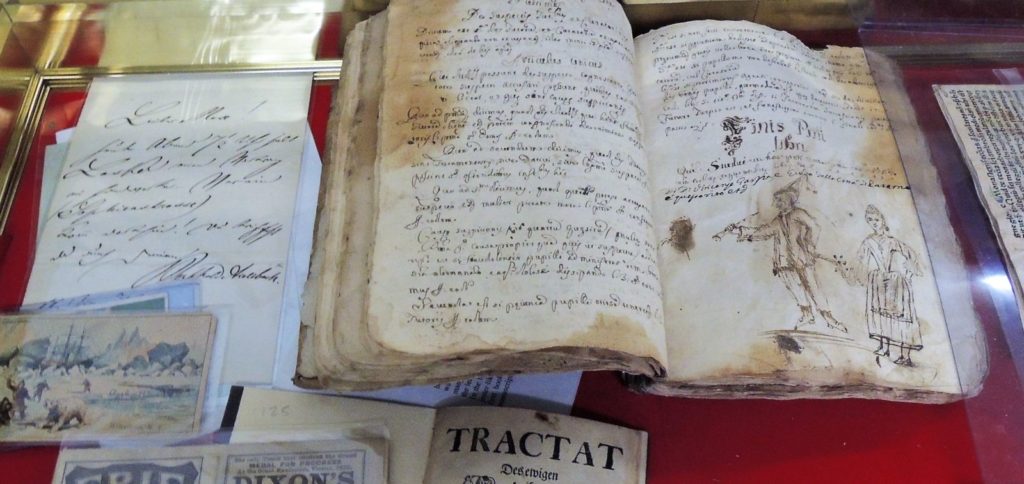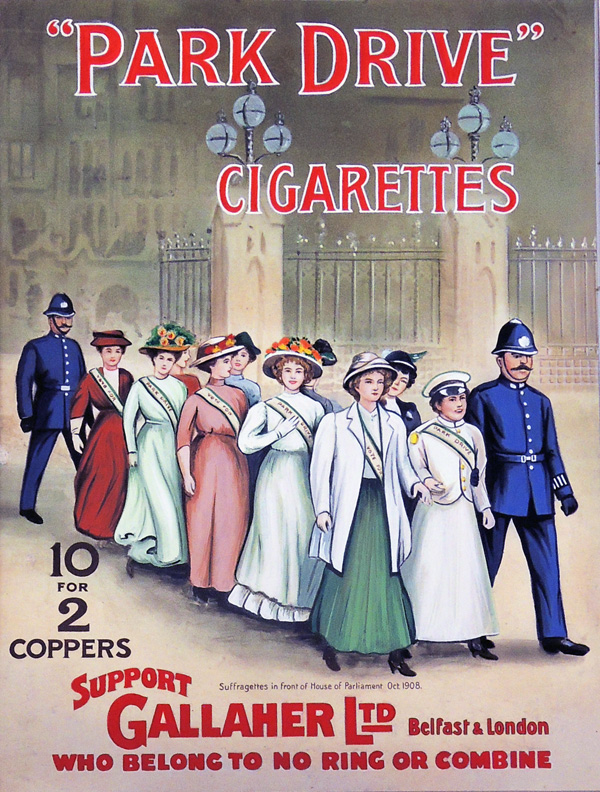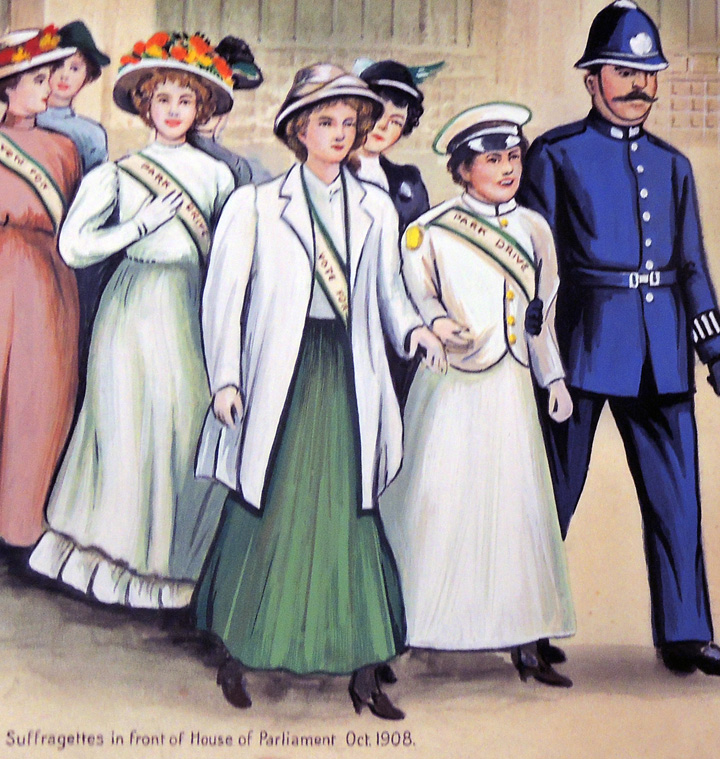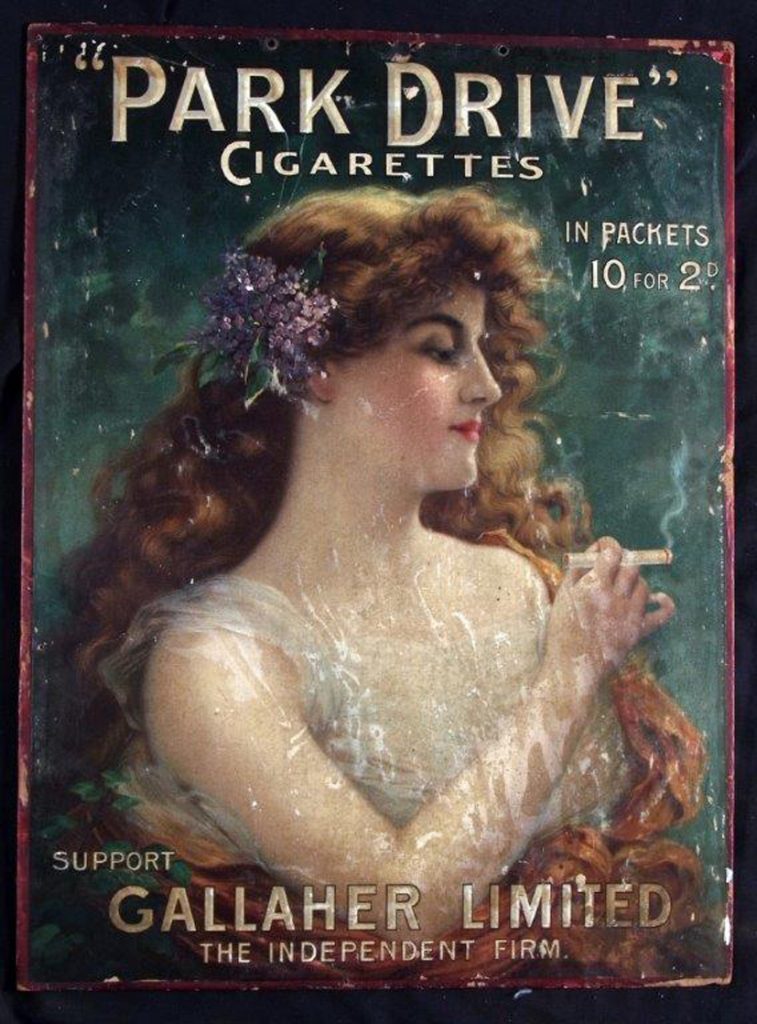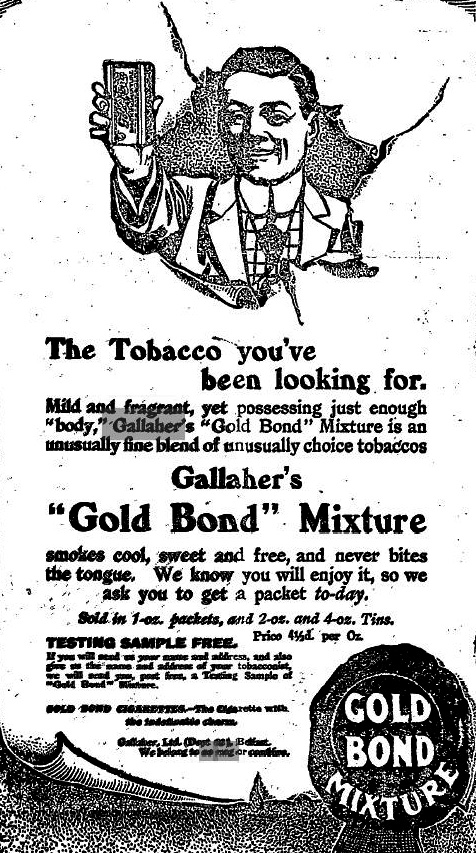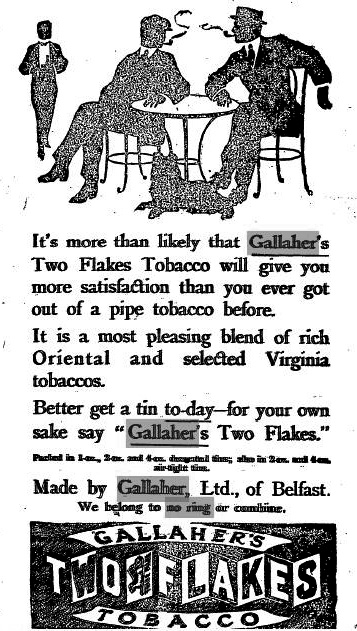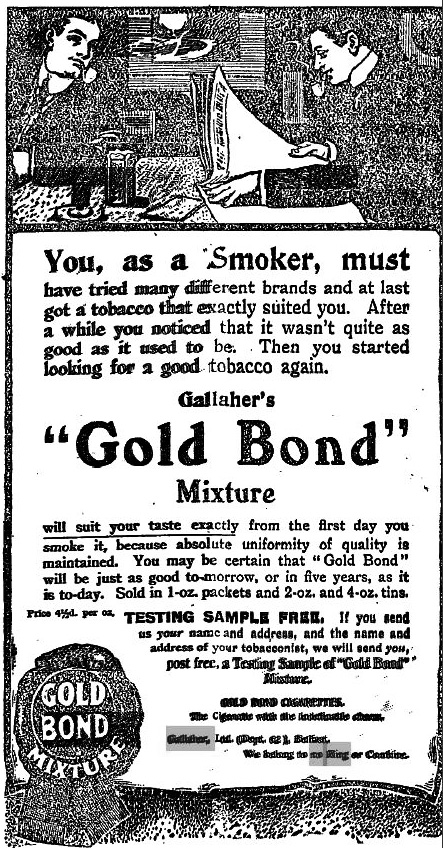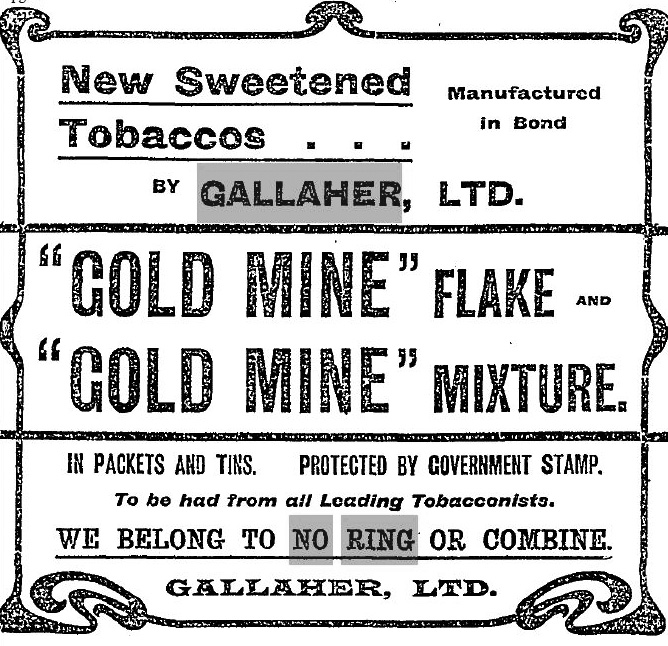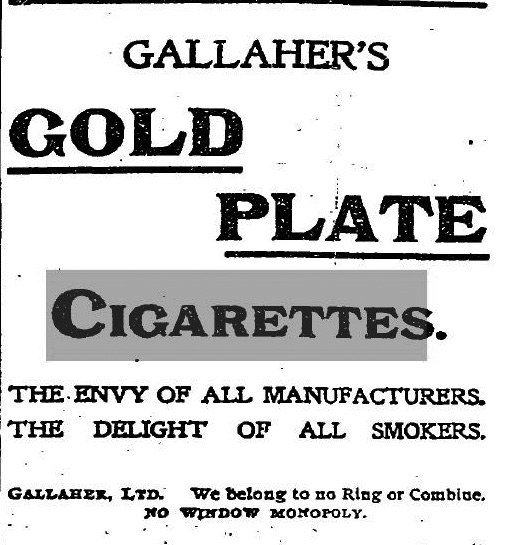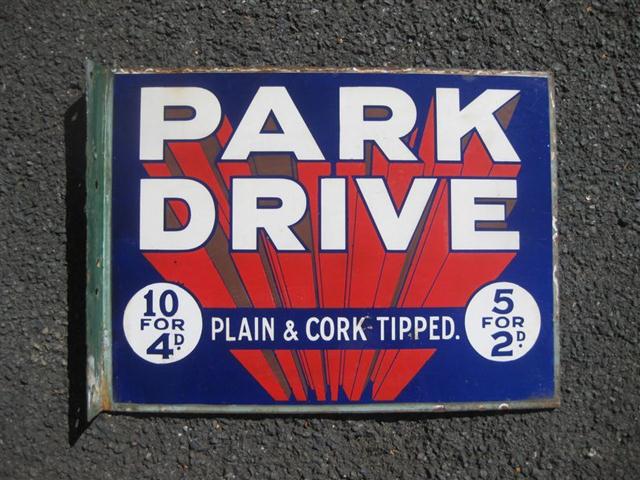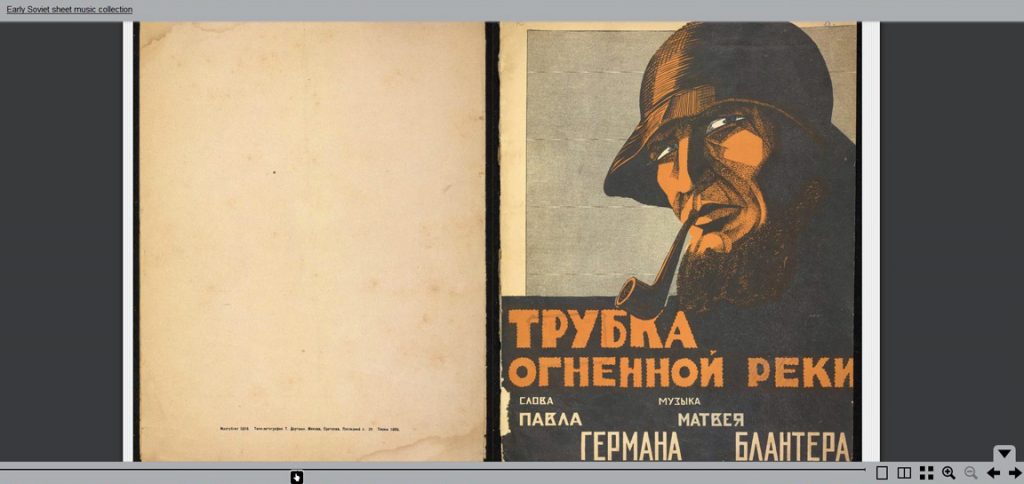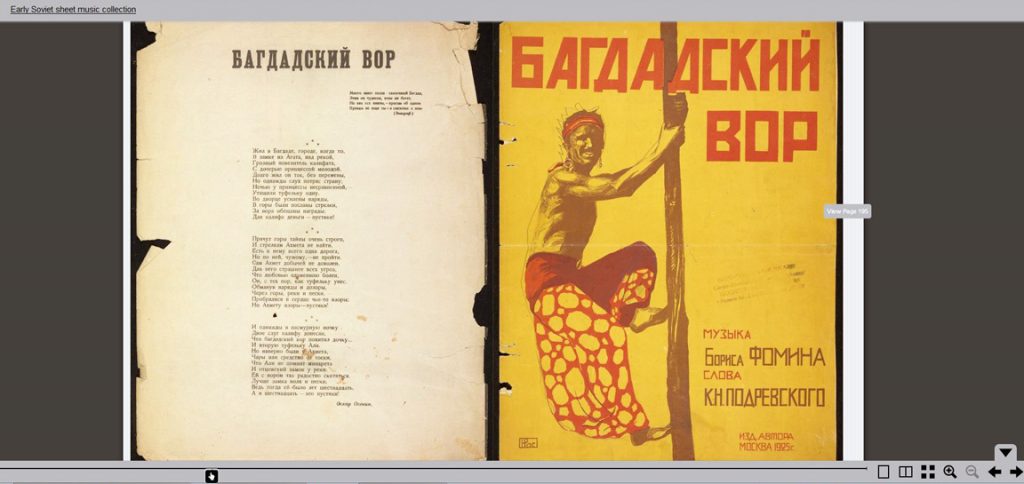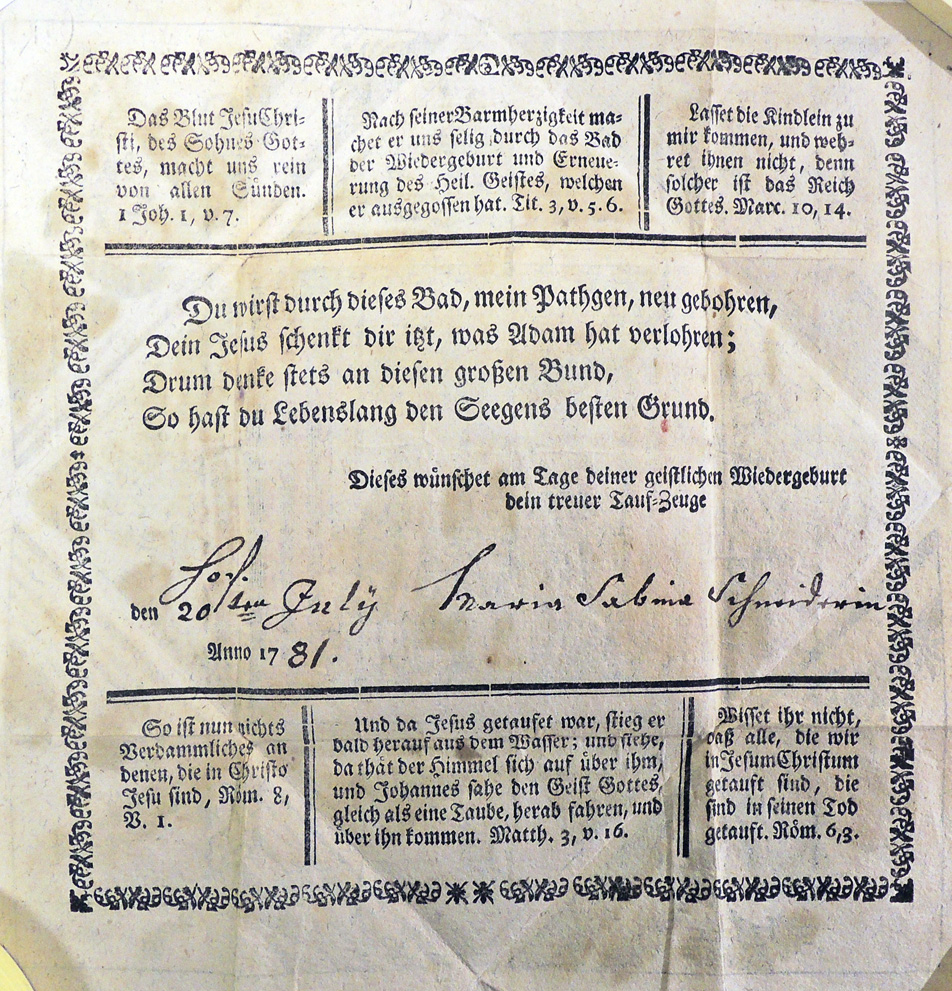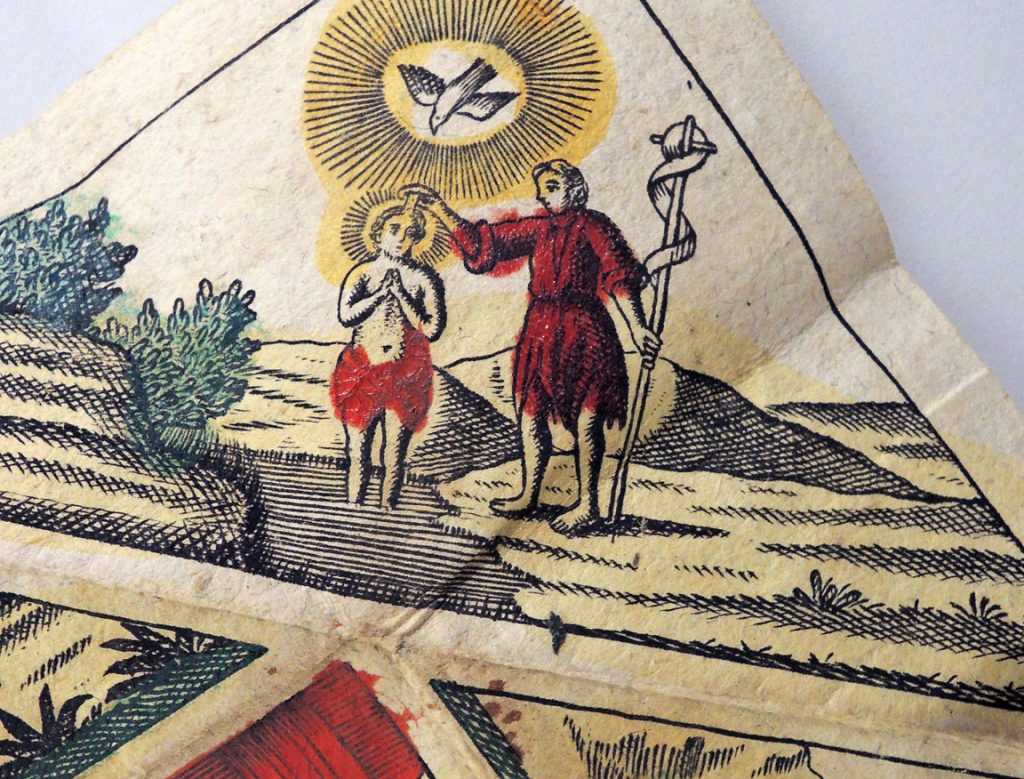The French printer and type founder Firmin Didot (1764-1836) was a member of the Didot legacy of printers, punch-cutters, publishers, and paper manufacturers. Thanks to his significant contributions to French printing and modern type design, Napoleon appointed Didot the director of the Imprimerie Impériale typefoundry. When he retired in 1827, his sons Ambroise-Firmin Didot (1790-1876) and Hyacinthe Didot (1794-1880) took the management of the publishing business.
In April of 1885, ownership of the Paris firm of Firmin-Didot, 56 Rue Jacob, was divided into 1000 shares at 4000 francs each. The Graphic Arts Collection recently acquired one of the rare certificates giving the owner 1,000th of the prestigious bookseller-publisher. Note the certificate has yet to be filled in, meaning that all the shares were not sold. It also specifies: “This share is transmissible,” and the transfer forms are also included here.

In the name of Mr. ____ following declaration in the transfer book. The Managers
See also: André Jammes, Spécimens de caractères de Firmin et Jules Didot ([Paris]: Librairie Paul Jammes: Editions des Cendres, 2002). Copy no. 21 of 275 exemplaires, in portfolio box; prospectus and sample pages laid in. Graphic Arts Collection (GAX) Oversize Z232.D53 J36 2002e
Eugène Piton, Famille Firmin-Didot, imprimeurs, libraires, fondeurs, graveurs, papetiers, inventeurs et littérateurs (Paris: Se trouve chez l’éditeur [Impr. de H. Carion] 1856). Rare Books (Ex) 2004-1687N


